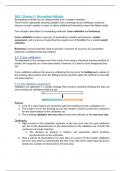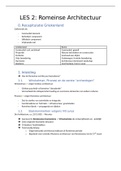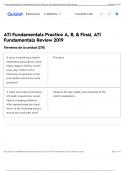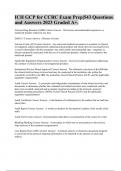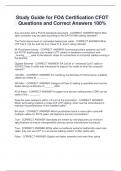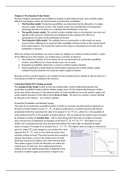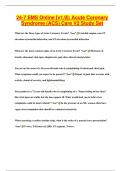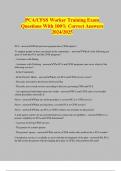College aantekeningen
Complete WEEK2 note: Machine Learning & Learning Algorithms(BM05BAM)
- Instelling
- Erasmus Universiteit Rotterdam (EUR)
THIS IS A COMPLETE NOTE FROM ALL BOOKS + LECTURE! Save your time for internships, other courses by studying over this note! Are you a 1st/2nd year of Business Analytics Management student at RSM, who want to survive the block 2 Machine Learning module? Are you overwhelmed with 30 pages of re...
[Meer zien]
